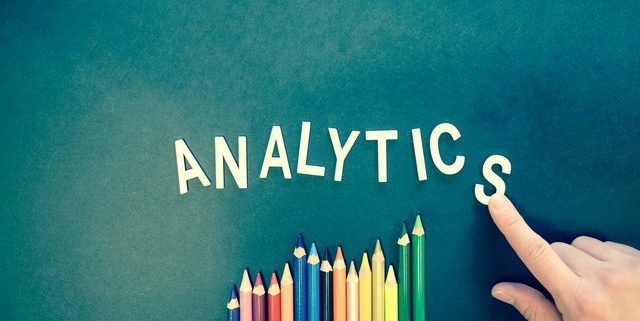Difference Between Business Analytics, Predictive Analytics and Prescriptive Analytics
There has been a great deal of buzz about analytics today. Names such as descriptive analytics, predictive analytics, and prescriptive analytics are used interchangeably causing confusion among people. So let’s break it down to it’s simplest form to better understand the difference.
There are three stratum of analytics.
1. Business Analytics – This is the first state of analytics, and it has to BIG DATA. This is where data is collected and data mined from heterogeneous data ecosystems to gain insights into a business. In this level, it only informs you what is going on with your business or system. For example, Google analytics informs the business user the number of new viewers coming to your site, but it does not tell what to do with the information. It does not tell you how to increase the number of new qualified users to your site. It’s only descriptive. Over 80% of today’s companies are descriptive. However, organizations today have to pay close attention to this level of analytics because it ‘s the precursor to moving to next level. Emphasis should on validating and maturing your program logic to obtain a 360-degree view of data of customer data. The risk of not having good data will promote outliers and skewed data resulting inaccurate analysis.
2. Predictive Analytics – In this phase, the insightful information collected gets fed into built-in statistical and algorithm models to predict probable future outcomes of a customer based on their personas. Understanding data relationships aids in being able to segment a customer based on certain characteristics relationships. The data maturity roadmap should always be to move to a state to have deep, personalized customer understanding. Sentiment analysis is a common type of predictive analytics. That is the input to a model in plain information whereas the output to the model is a weighted score that is positive or negative or a numeral variance between +1 or -1. In this case, the model computes and is predicting the data that we don’t have which is a sentiment label. This type of analytics predicts what is probably going to happen over a period based on historical, present and future relational data analysis. For example, in an e-commerce site, there are certain type of customers who only purchase products if there is a discount. They are called “discount customers”. Thus, in the area of predictive analytics, the system predicts and notifies you the probability of a customer buying based on the classification segmented persona profile.
3. Prescriptive Analytics – This is the last level of analytics, where the system autonomously recommends or prescribes a solution to specific problems increasing business value.




